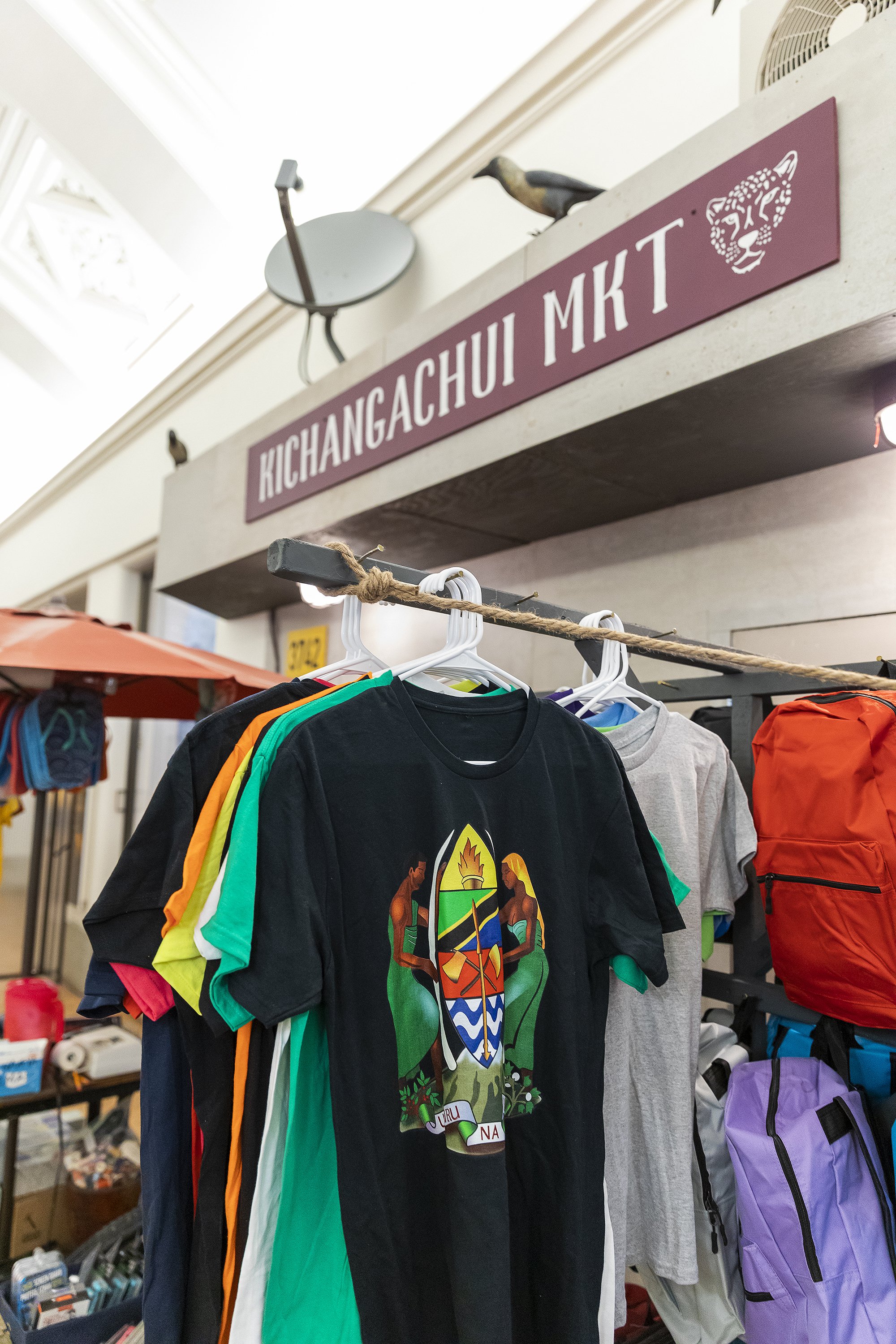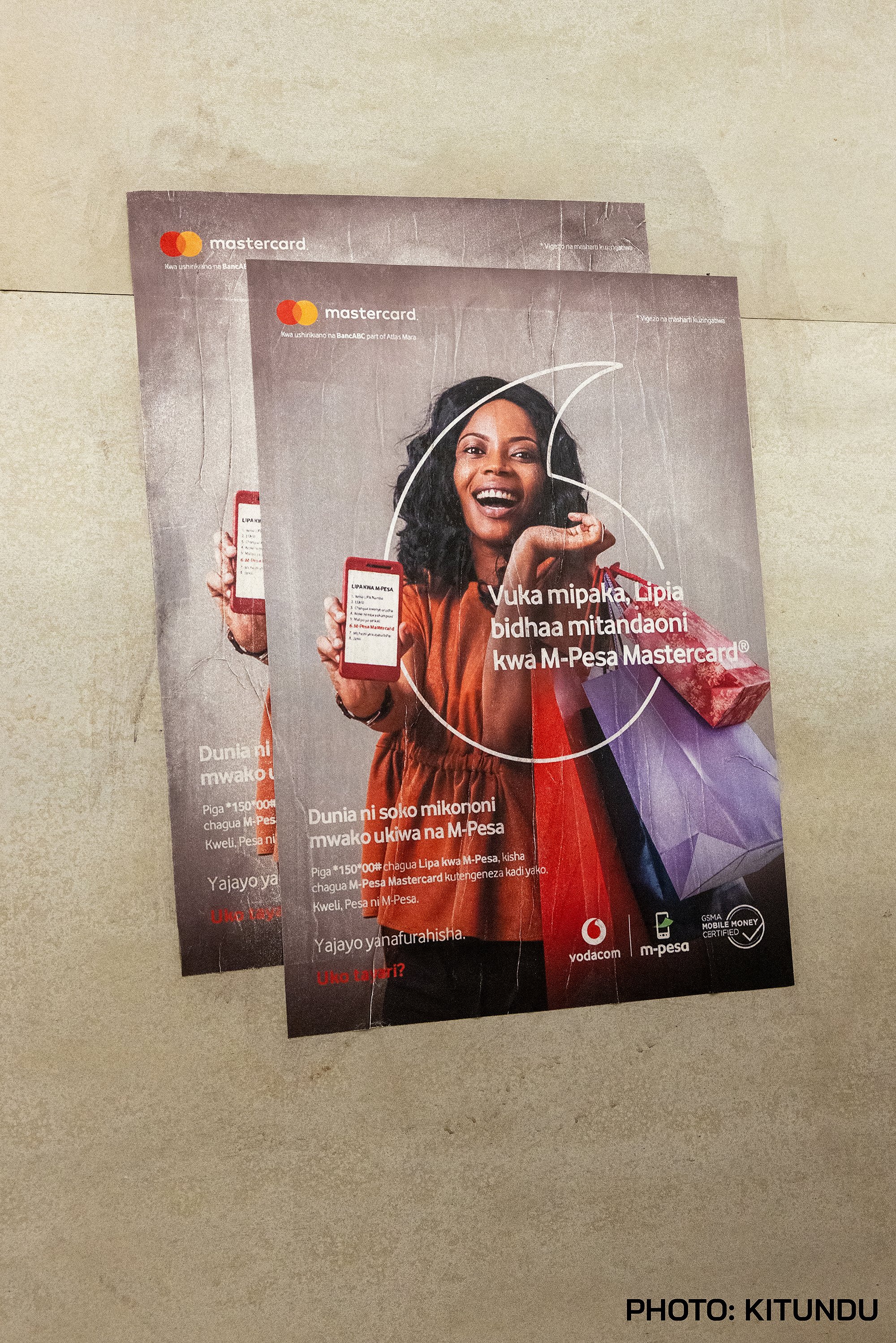Leo na Kesho (today and tomorrow): An installation for the California Academy of Science's African Hall
This work was developed during Kitundu’s time as an Osher Fellow (2021-2022)
Special thanks to Michael Swaine for studio support, to Basia Welu Hellela for Kiswahili translation, and to Taylor Hokanson for 3D modeling our House Crows. Heartfelt thanks to Peter Gibbons, Liza Yee, Ian Hart, Julia Louie, Aaron Smith, Scott Sampson and many others at the Academy for the various and critical roles they played in making this work a reality. All images (except where noted) by: Gayle Laird - California Academy of Sciences
The California Academy of Sciences invites visitors to gain a new perspective on the museum’s historic Tusher African Hall with Leo na Kesho (today and tomorrow), an art installation by Tanzanian-American multidisciplinary artist and educator Walter Kitundu. Kitundu created the work as part of his 2021 Academy Osher Fellowship, a program that attracts “thinkers-in-residence” from science, art, design, and policy to help the Academy and the global communities it serves to rethink humanity’s relationship with nature. “It's important to remember that we are part of the natural world,” says Kitundu. “A relational view of nature, as opposed to the idea that we exist outside of that sphere, is vital in generating empathy and connection with the beings and systems on which our future depends.”
Intentionally placed between African Hall’s existing wildlife dioramas, Leo na Kesho infuses the space with an example of contemporary urban life on the continent as represented by a roadside storefront in the bustling Tanzanian city of Dar es Salaam, Kitundu’s childhood hometown. With a radio softly playing Tanzanian music and colorful household wares set out for locals to buy, Leo na Kesho evokes the feeling of a modern business whose shopkeeper has momentarily stepped away. Details like signage and posters in Swahili and curious crows looking on from their perch above the shop ground the piece in place. Kitundu says, “As a naturalist and birdwatcher, I wanted to include the house crows as another indicator of human presence and movement. They weren't common when I was a kid and now they are everywhere, having displaced the pied crows. Drawing attention to this so-called ‘invasive’ species connects us to the natural world while highlighting our impact on the world around us.”
As he conceived of the installation, Kitundu was struck by the curated view of Africa commonly presented by natural history museums in the West, often without any human presence or nod to the current affairs and multidimensionality of the African continent, which is home to over one billion people and a third of the world’s languages. Leo na Kesho is the artist’s response to this observation, designed to interrupt a familiar presentation of Africa’s biodiversity with an example of the modern, multidimensional human and built environment of Dar es Salaam. The piece urges viewers to thoughtfully examine the presence of humanity as part of the continent's natural and social futures, and stokes visitors’ curiosity to learn more about present-day natural and built environments in Africa.
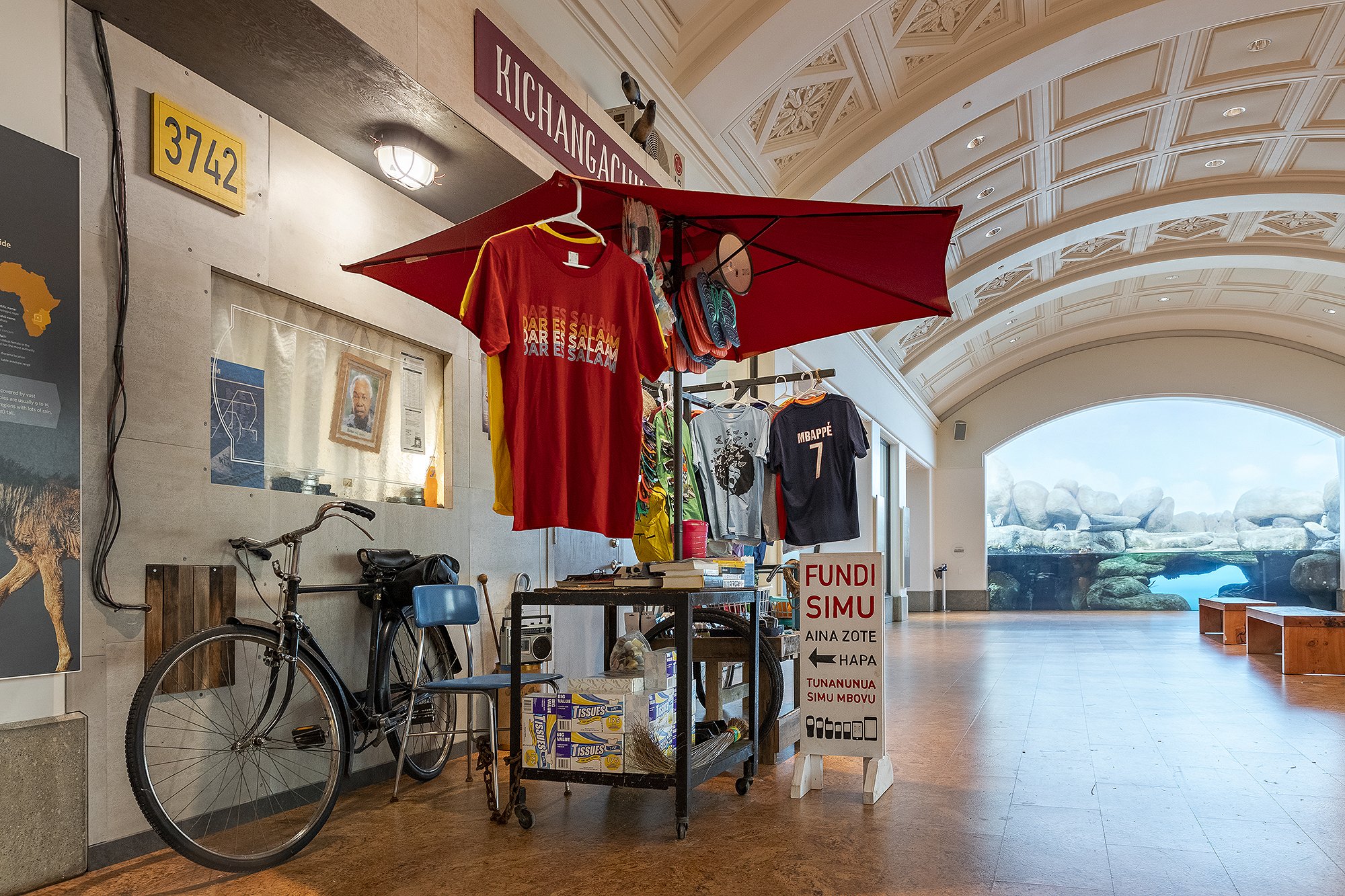
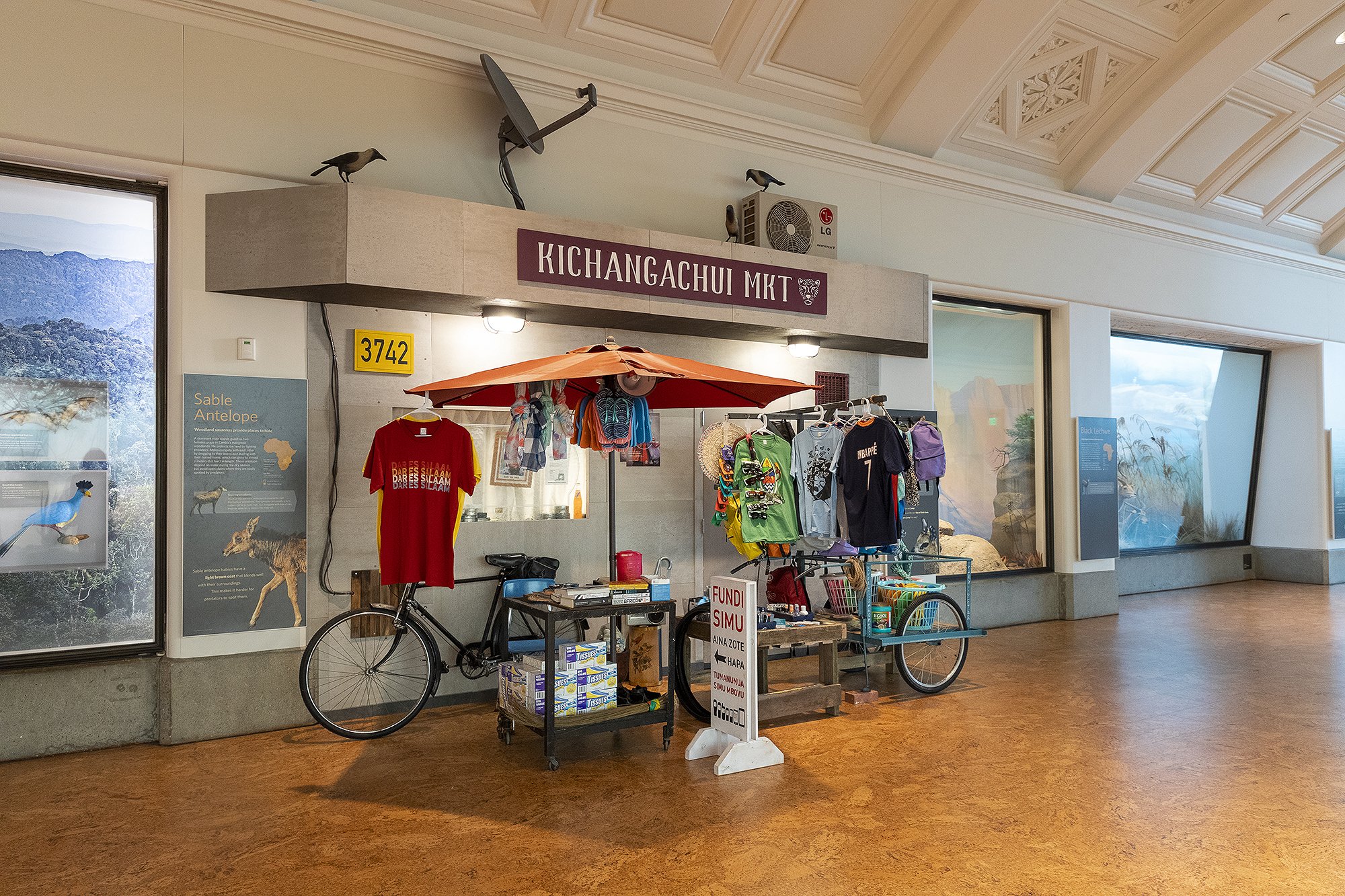
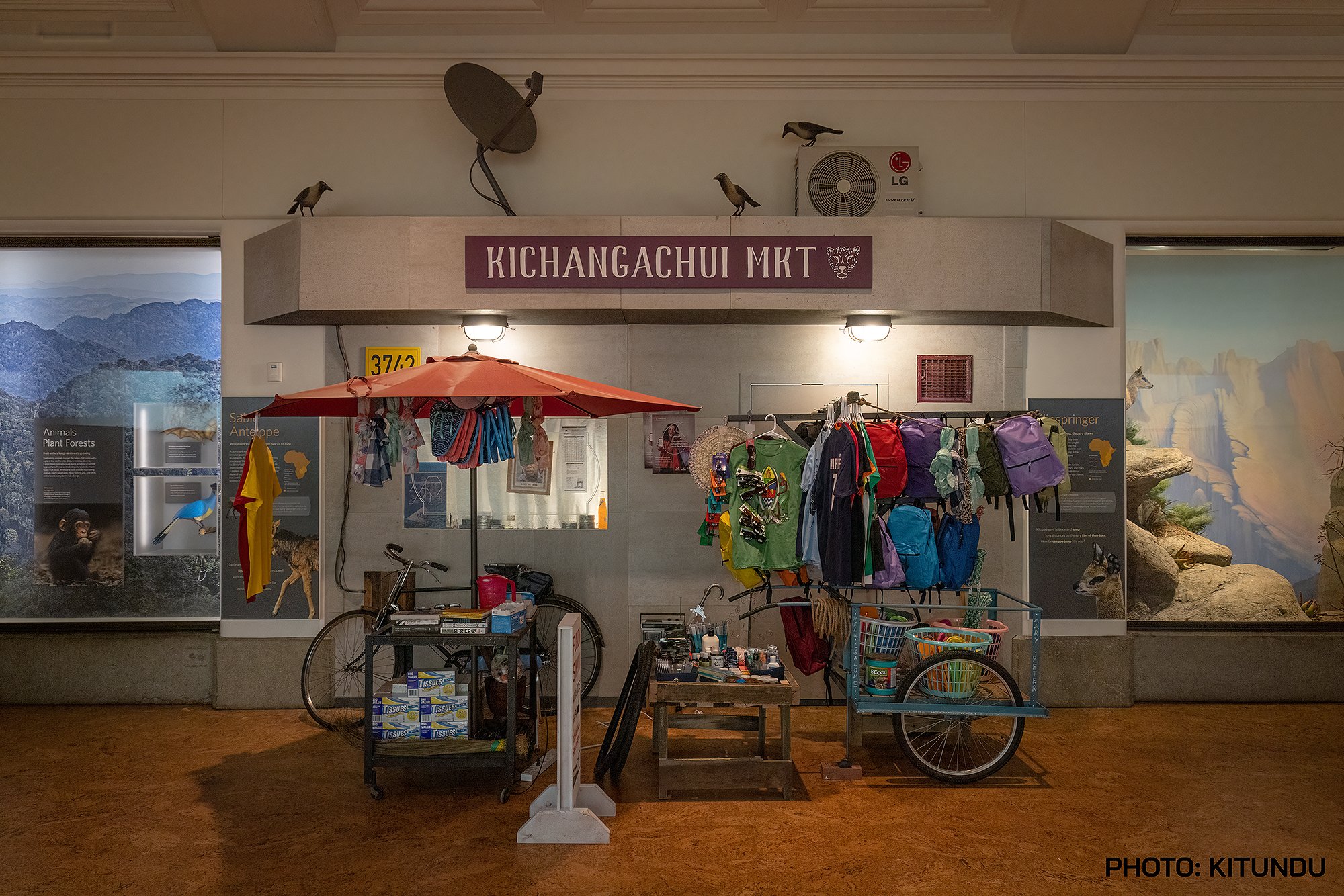
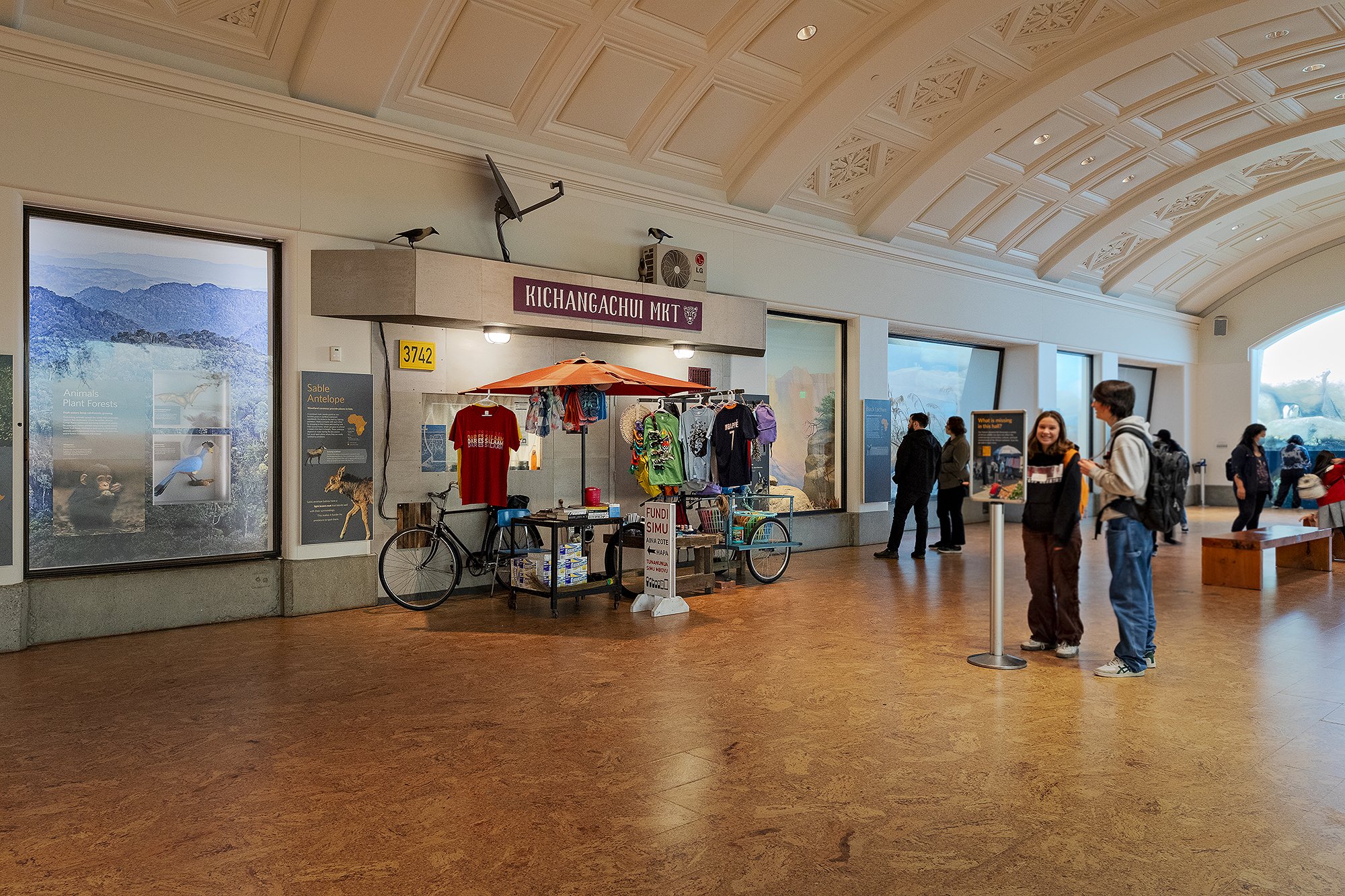
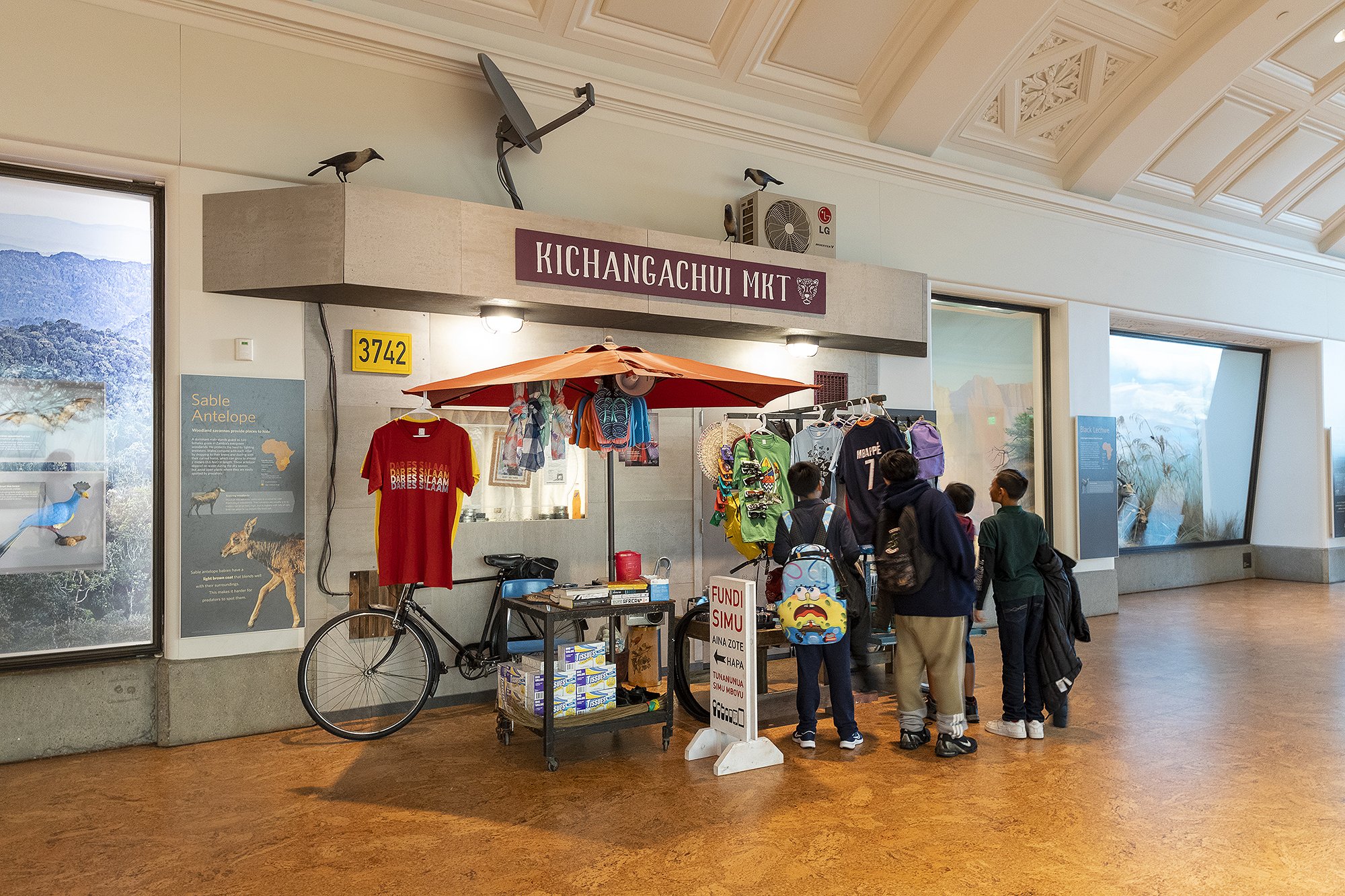
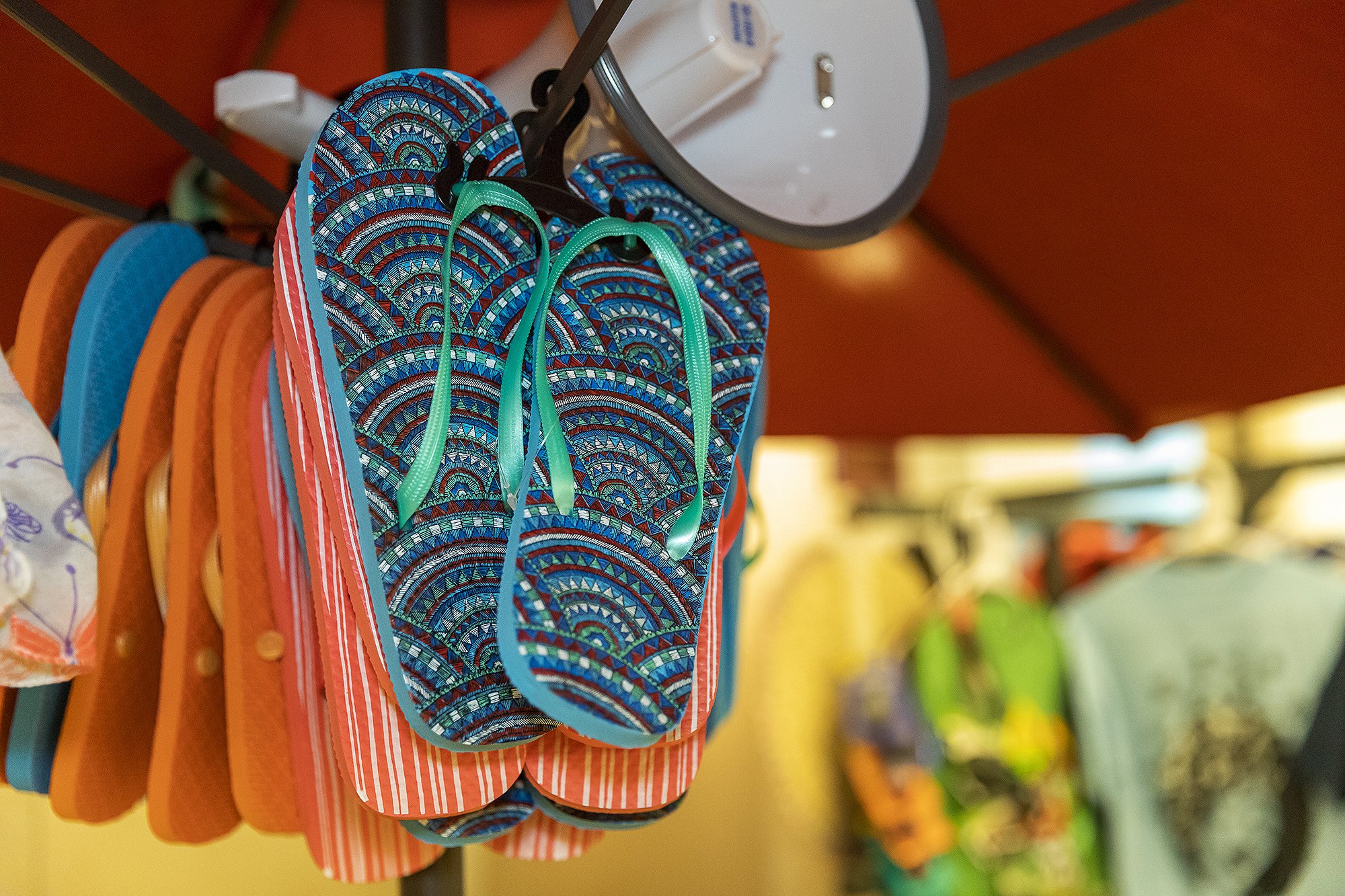
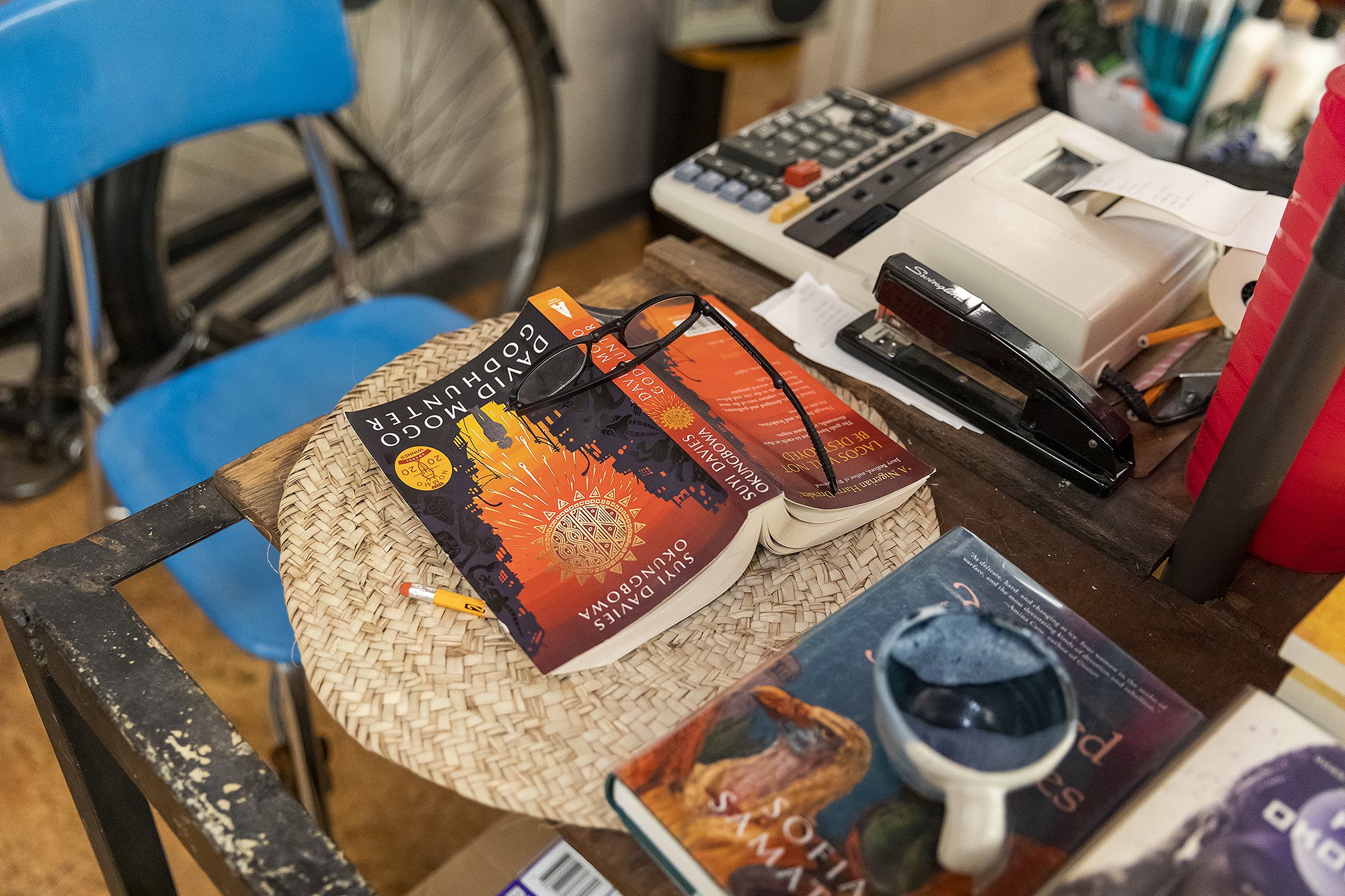
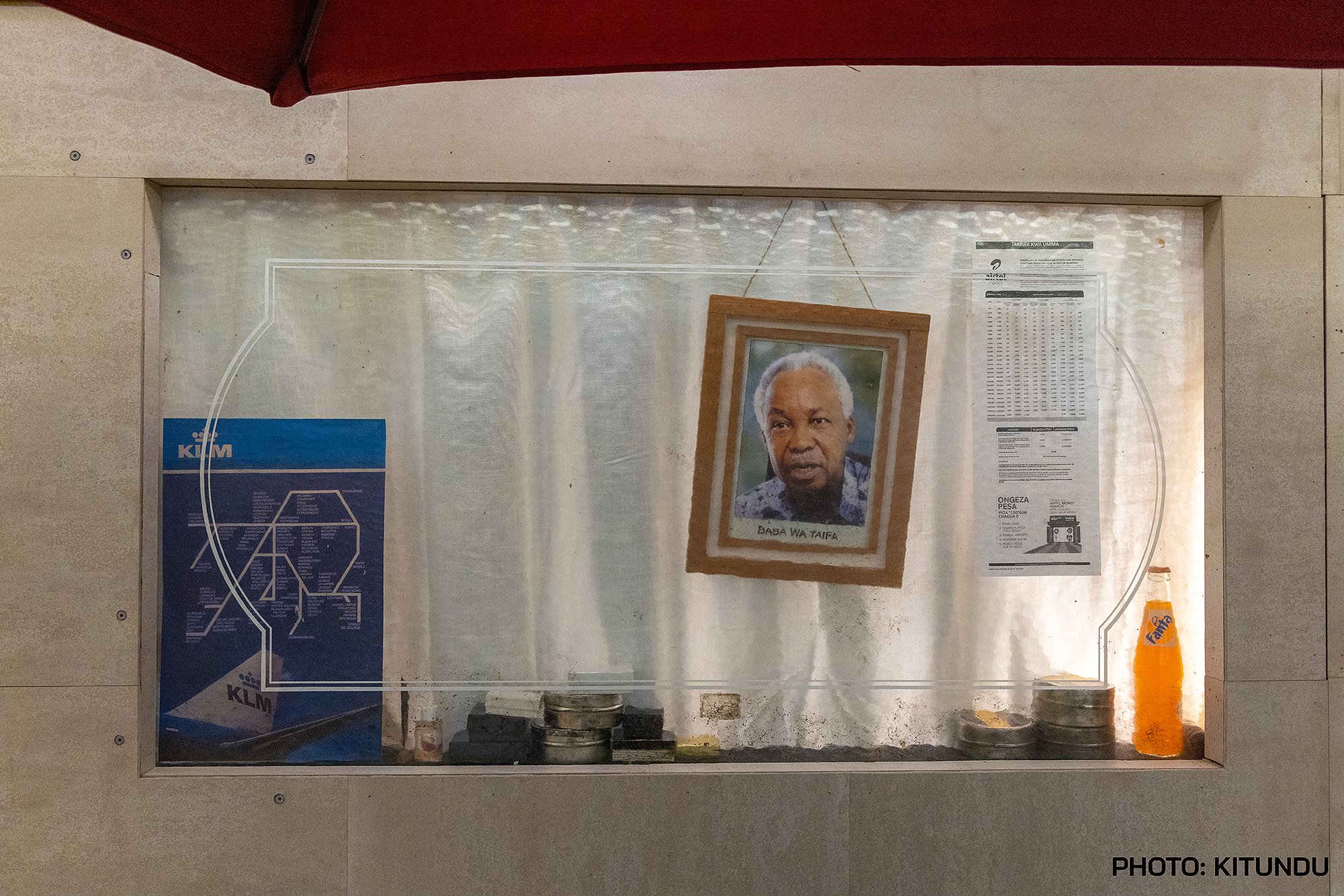
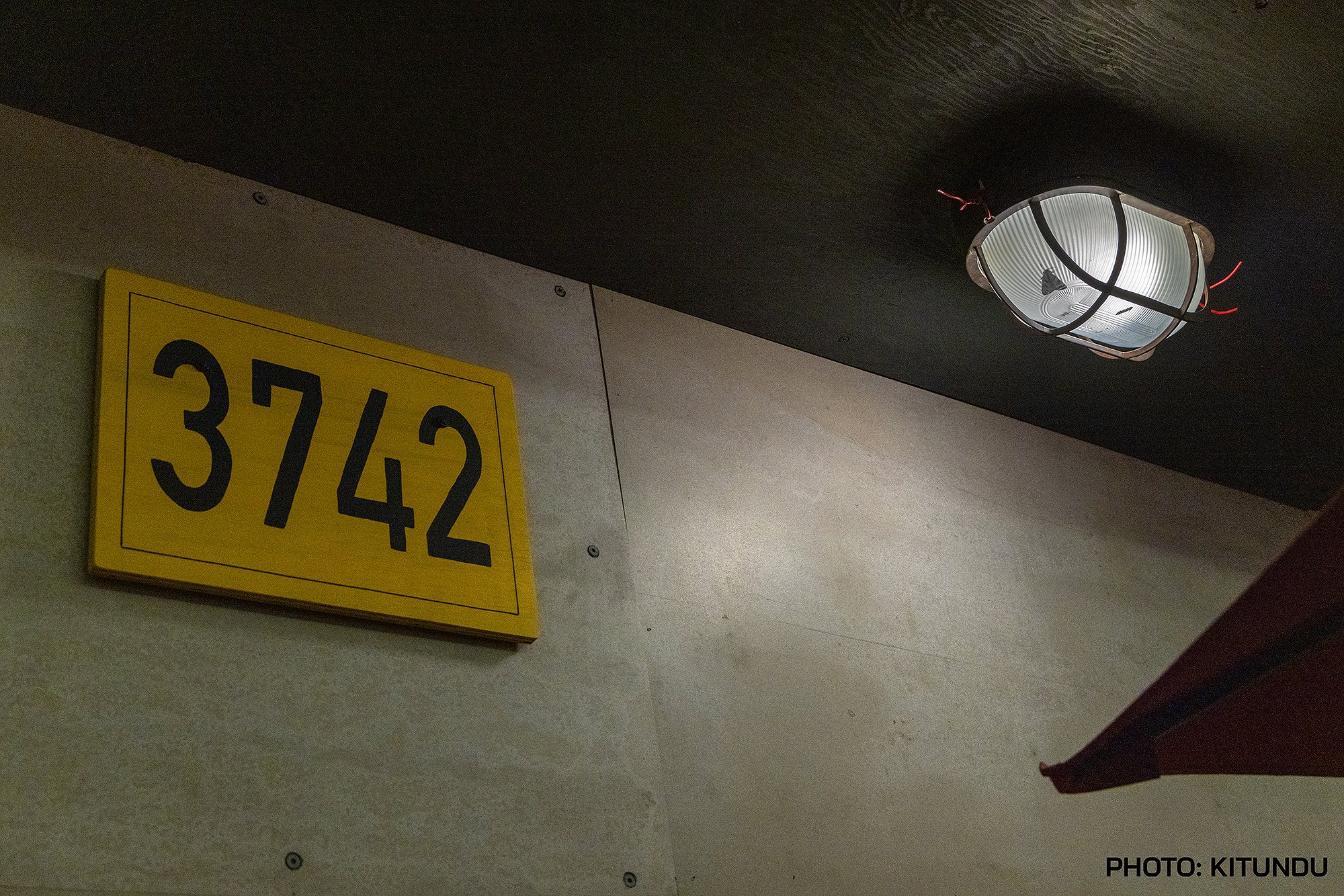
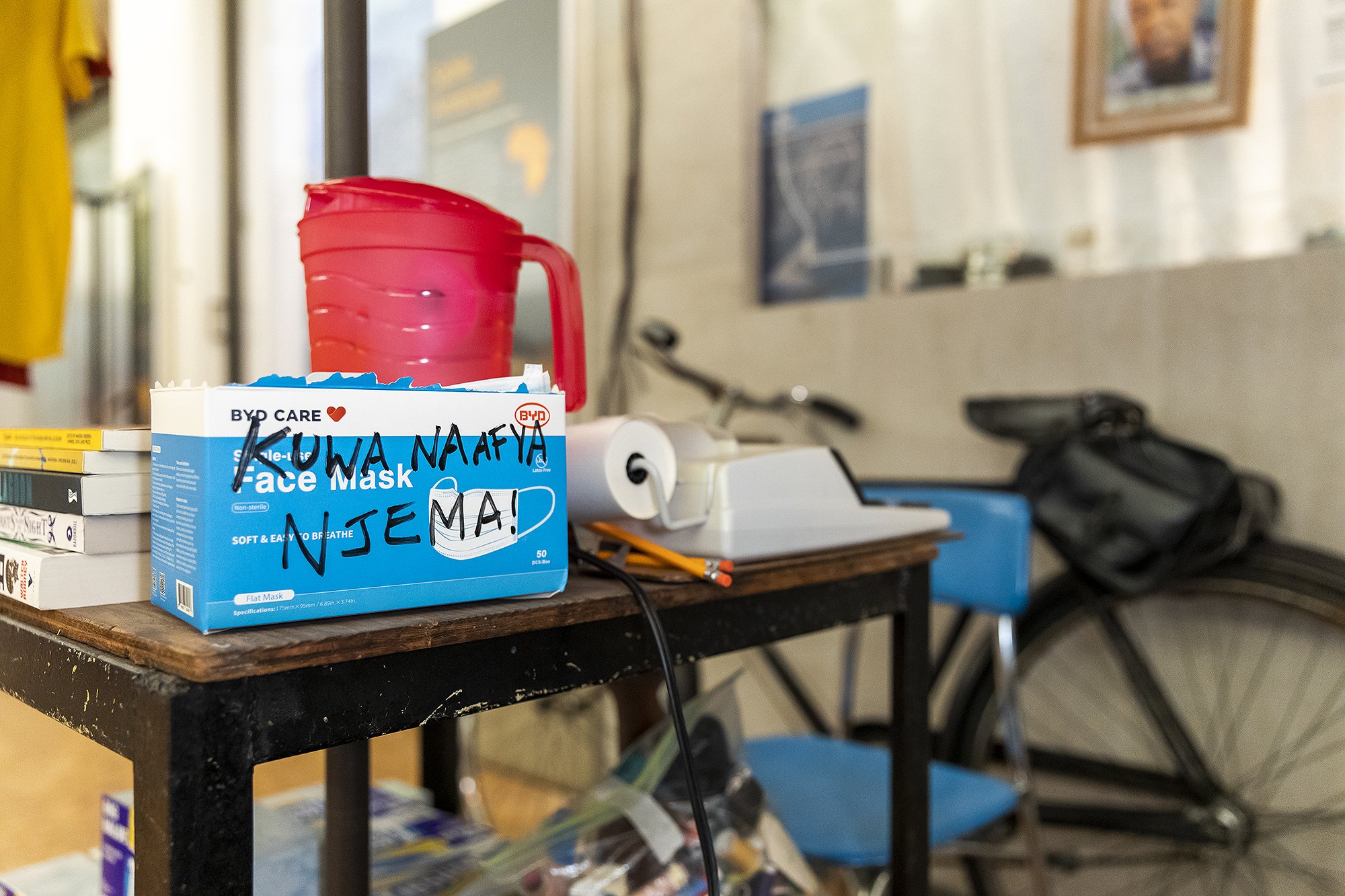
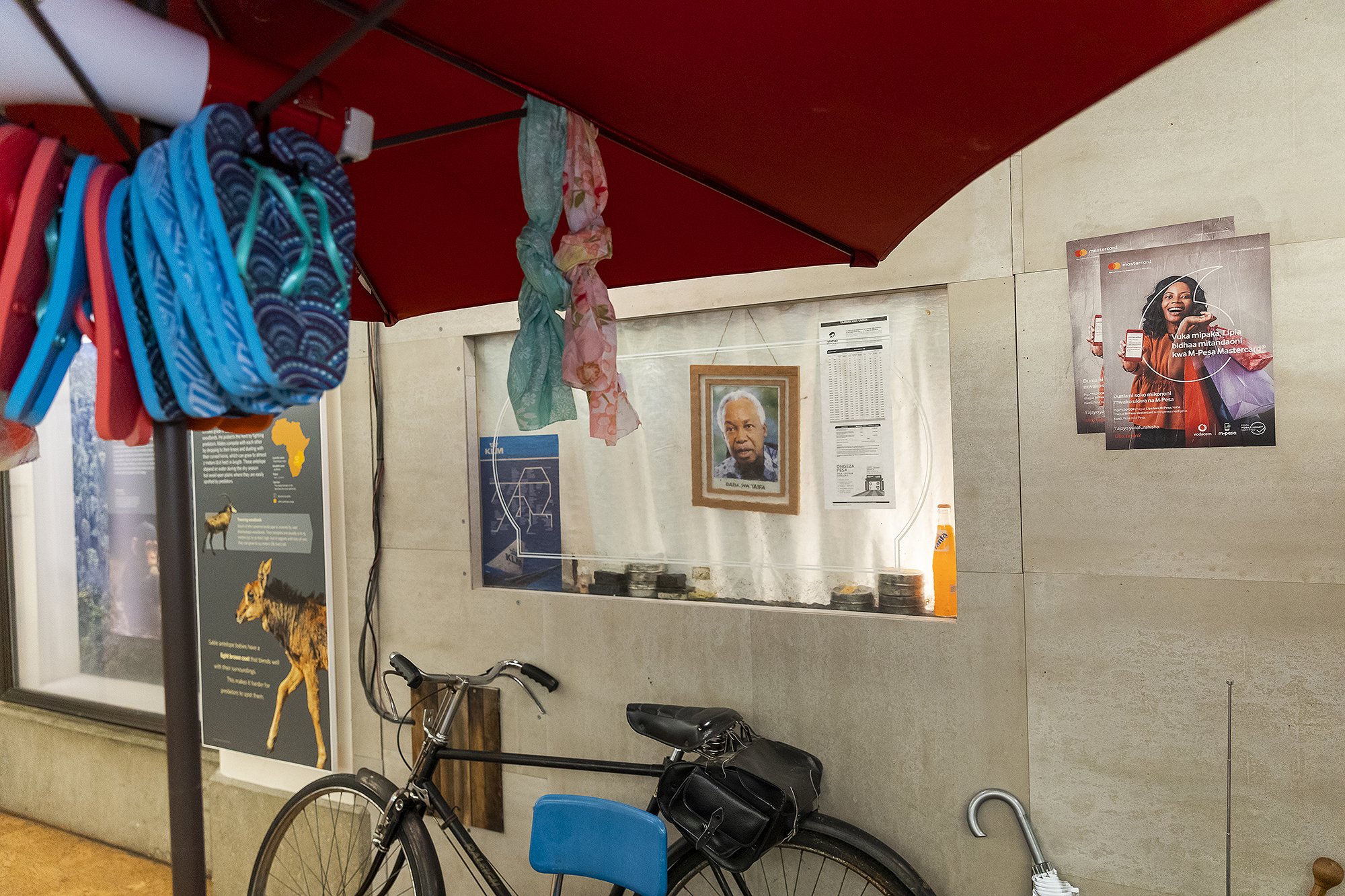
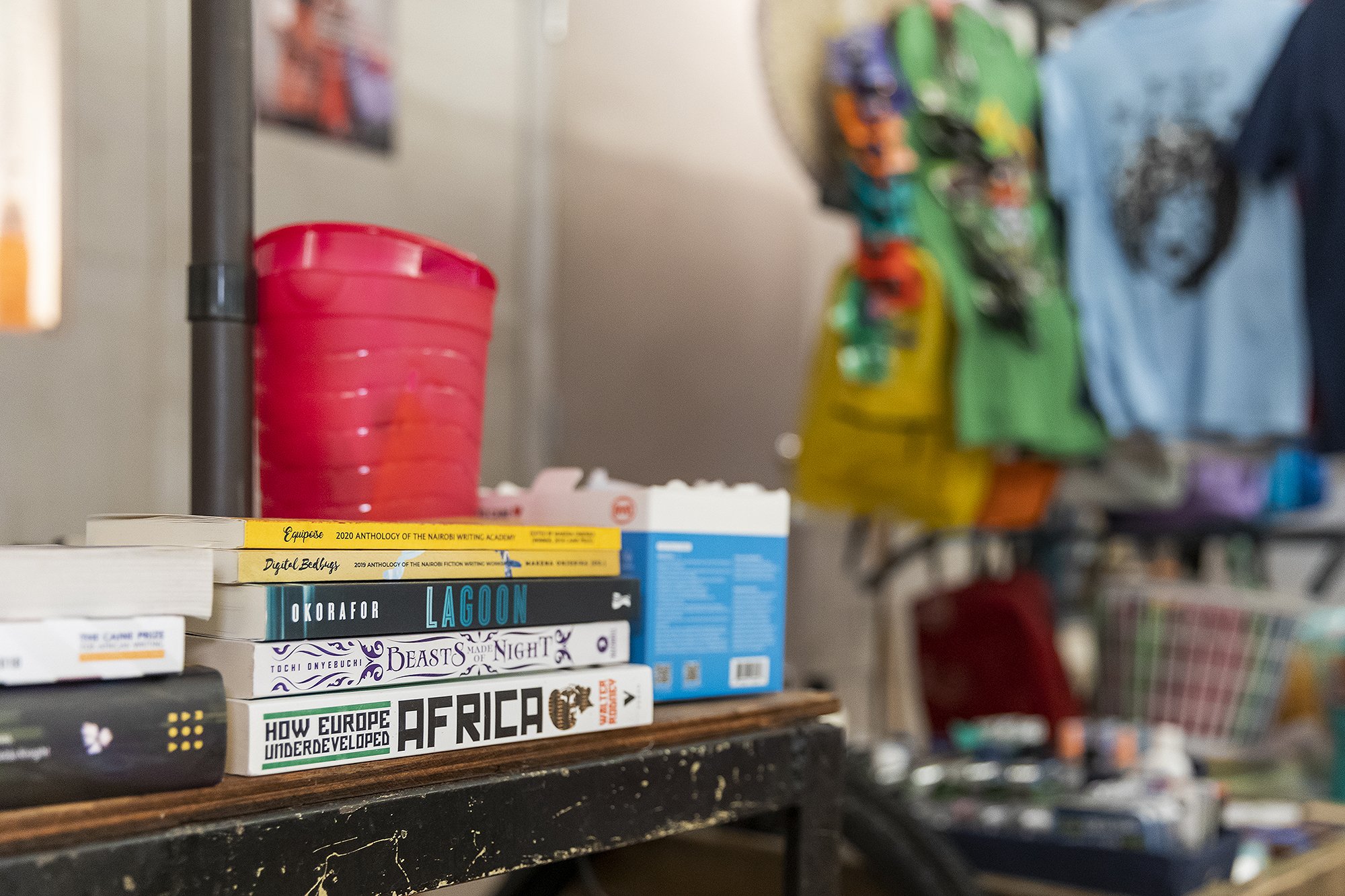
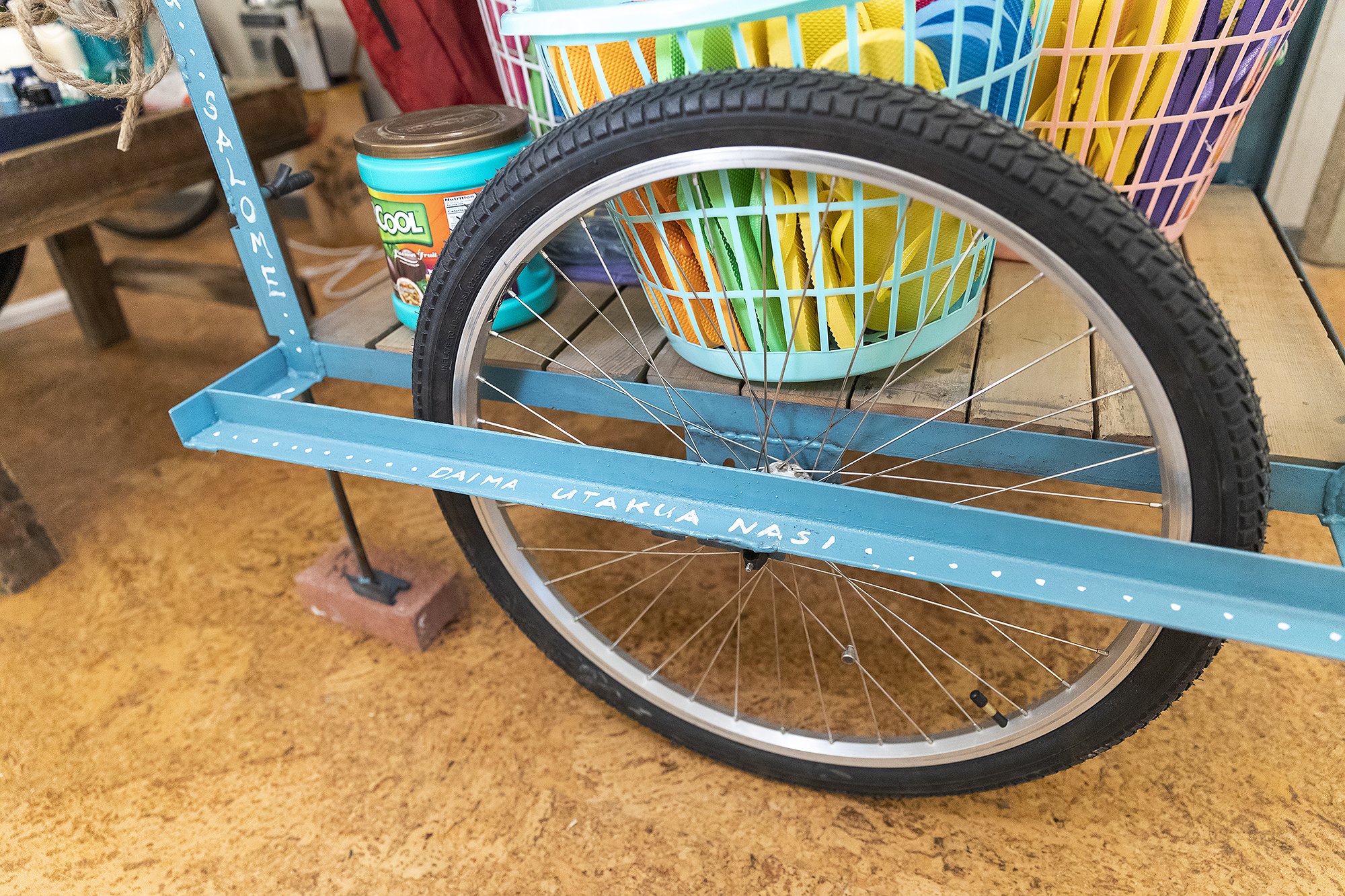
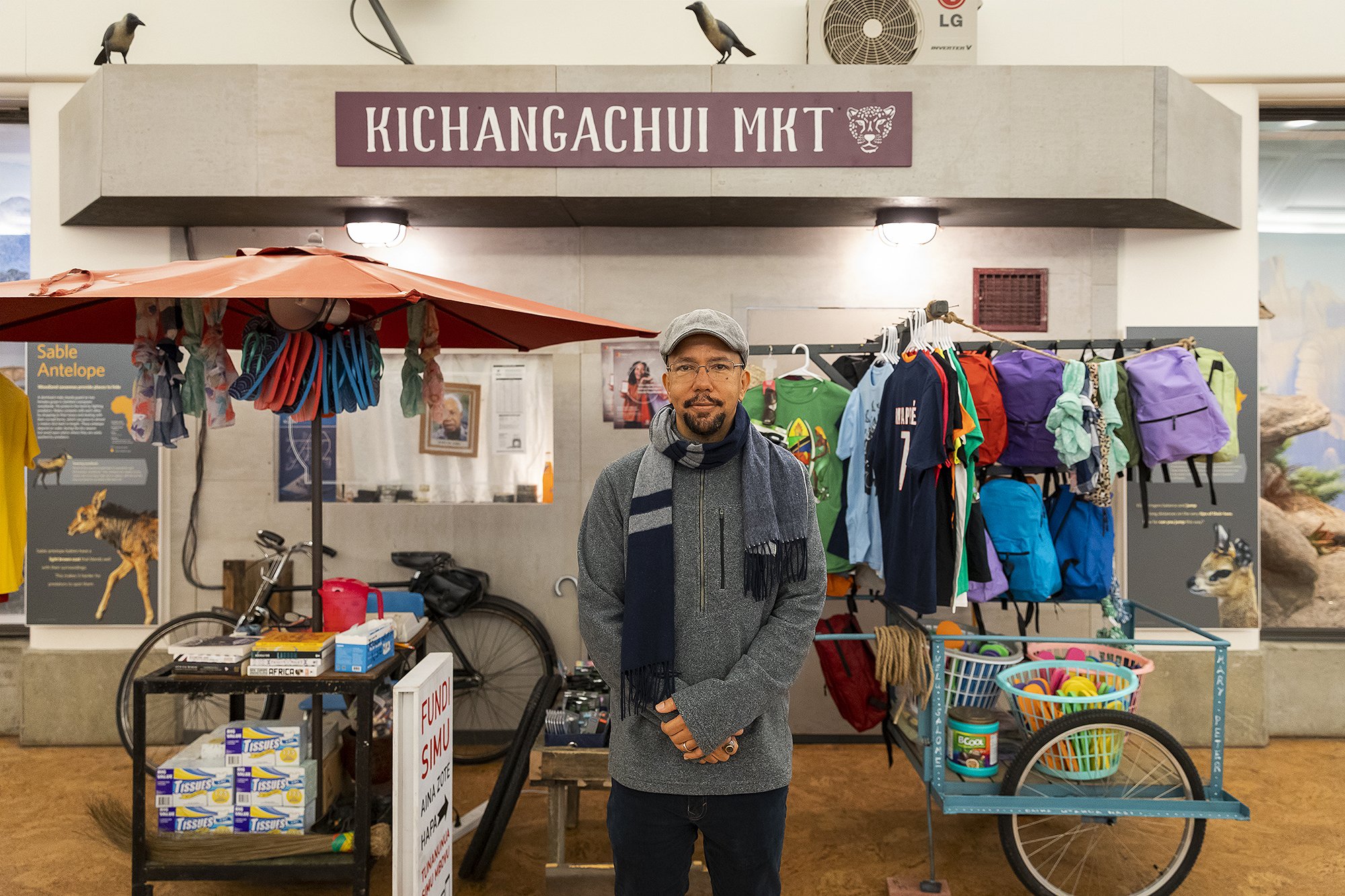
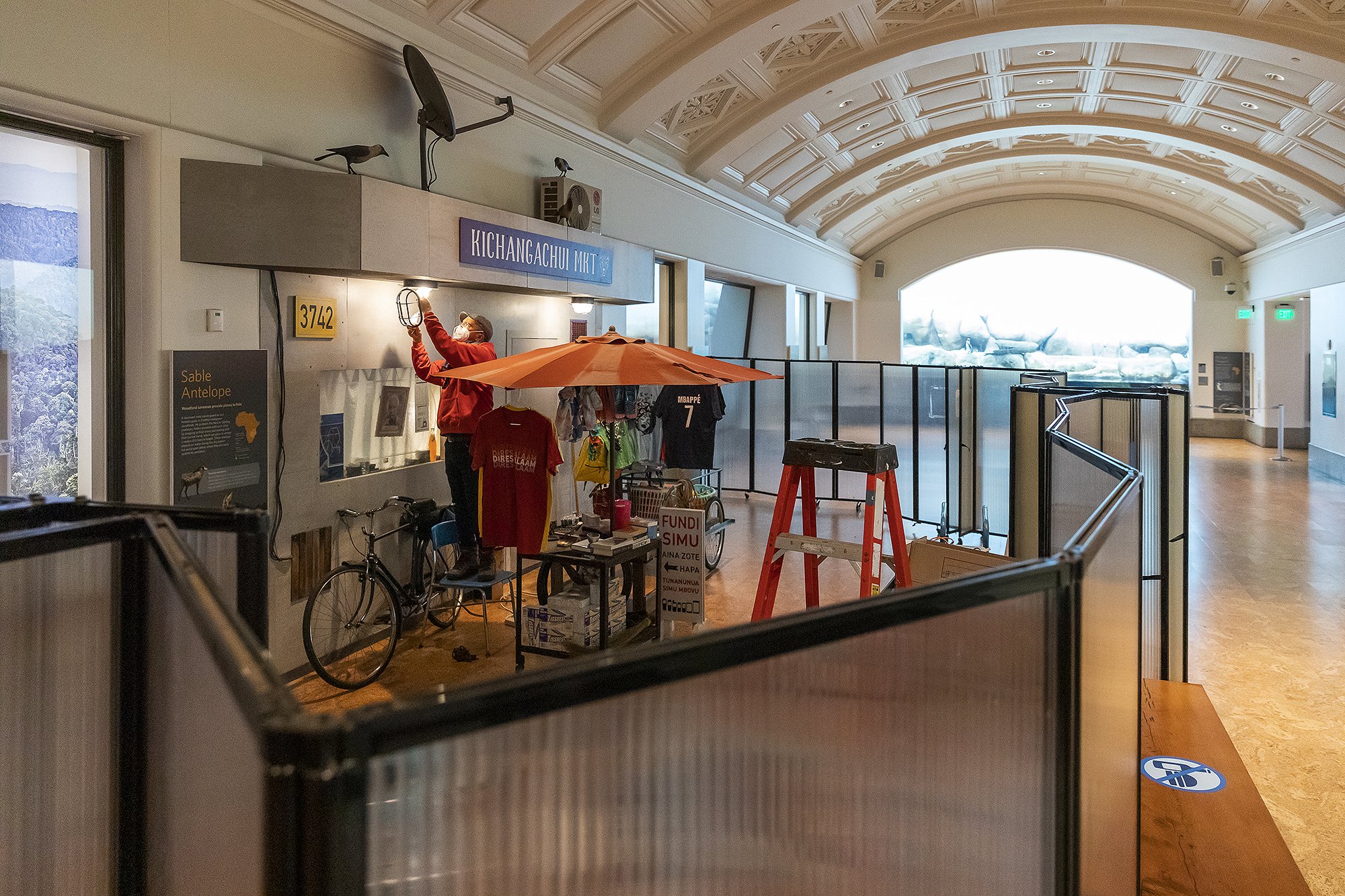
“I wanted to respond to a host of small signals, present in the language used in the hall and in the visual language of dioramas in general, that can allow the lives of people on the continent to be obscured by skewed narratives of Africa that are prevalent in this society,” says Kitundu. “The work is also deeply personal and weaves a lot of my memories and associations together as I reflect on childhood and the lives of my parents. It's one view selected from a multitude of realities lived by those in Dar es Salaam, Tanzania, and beyond.”
ARTIST STATEMENT
Kitundu’s installation in African Hall is a storefront inspired by those in the Kariakoo district of Dar es Salaam, Tanzania. The work is a collection of references to the types of stores found in the area and informed by the artist's memories and associations. It is a response to the use of dioramas as teaching tools and to their problematic history of extraction as a means to educate or entertain audiences at a distance. Dioramas are often exquisitely made by incredibly talented artisans. They are a wonder to behold but their precise recreations are works of fiction meant to tell a story. That story is almost always told from an external perspective.
In the case of the continent of Africa, dioramas built in the West tend to look to the past, toward an “idealized” natural scene, and ignore the built environment altogether. In a society that is uninformed about Africa–that rarely seeks specificity when referring to a continent of a billion people and consistently receives problematic information about African countries and cultures–the diorama form as practiced does little to ground people in the reality of our shared existence. The history, contemporary life, and the intellectual and artistic work of African people is missing, and this absence does little to trouble those with problematic notions of the continent.
This work is meant to be a provocation. It is meant to be seen in this context and communicate that people from Dar es Salaam–not just Africans in general, and more specifically those in the Kariakoo district–are living, listening, and going about their daily modern lives. It is meant to uproot visitors from an idealized and nostalgic stroll through African Hall and have them contend with the presence of the continent in a different way. This is an opportunity for all exhibits in the hall to be viewed more critically, and to ensure that conversations about history, humanity, and our shared future will inform our interpretations of the natural world.
Leo na Kesho (today and tomorrow): Usanikishaji wa Ukumbi wa African Hall
Kauli ya Msanii
Usanikishaji wa Kitundu katika Ukumbi wa African Hall ni duka la mbele ambalo limepata hamasa yake kutoka kwa wale walio katika wilaya ya Kariakoo jijini Dar es Salaam, Tanzania.
Kazi hiyo ni mkusanyiko wa marejeleo ya aina za maduka yanayopatikana katika eneo hilo na huelezwa kwa kumbukumbu za msanii na vyama.
Hili ni jibu kwa matumizi ya diorama kama zana za kufundishia na kwa historia yao yenye ugumu wa upatikanaji kama njia ya kuelimisha au kuburudisha hadhira ambayo iko mbali.
Diorama mara nyingi hutengenezwa kwa ustadi na mafundi wenye talanta za kustaajabisha. Zinastaajabisha kutazama lakini utengenezwaji wake uliokuwa sahihi ni kazi ya tamthiliya inayokusudiwa kusimulia hadithi.Karibu kila wakati hadithi hiyo inasimuliwa kwa mtazamo wa nje.
Kwa upande wa Bara la Afrika, diorama zilizojengwa Magharibi huwa zinaangalia kale, kuelekea mandhari ya asili "bora", na kupuuza mazingira yaliyojengwa kabisa.
Katika jamii isiyo na ufahamu kuhusu Afrika–ambayo mara chache hutafuta umaalum inapoongelea bara lenye watu bilioni moja na mara kwa mara hupokea taarifa zenye upotovu kuhusu nchi za Kiafrika na tamaduni zake – umbo la diorama kwa jinsi linavyotumika haitoi msingi wa watu katika uhalisia wa kuwepo kwetu.
Historia, maisha ya kisasa, na kazi ya kiakili na kisanii ya watu wa Kiafrika haipo, na kutokuwepo huku hakusumbui sana wale walio na fikra potovu za bara.
Kazi hii inakusudiwa kuwa uchochezi. Inakusudiwa kuonekana katika muktadha huu na kufikisha ujumbe wa kwamba watu kutoka Dar es Salaam–sio Waafrika tu kwa ujumla, na hasa zaidi wale wa wilaya ya Kariakoo–wanaishi, wanasikiliza, na wanaendelea na maisha yao ya kila siku ambayo ni ya kisasa.
Inakusudiwa kuwatoa wageni kutoka kwenye matembezi yaliyoboreshwa na ya kustaajabisha kupitia Ukumbi wa African Hall na kuwafanya washindane na uwepo wa bara kwa njia tofauti.
Hii ni fursa kwa maonyesho yote katika ukumbi kutazamwa kwa umakini zaidi na kuhakikisha kwamba mazungumzo kuhusu historia, ubinadamu, na mustakabali wetu wa pamoja yatafahamisha tafsiri zetu za ulimwengu asili.
Wasifu
Walter Kitundu ni Mtanzania-Mmarekani ambaye ni msanii wa fani mbalimbali na mwalimu Yeye huunda sanamu, hufanya usakinishaji wa sauti, na kazi za sanaa kubwa za umma zinazo ongelea mahali, historia, asili, na jamii.
Kitundu pia huunda ala za muziki zisizo za kawaida na vifaa vya kiufundi wakati ambapo anakili ulimwengu wa asili kama mpiga picha wa ndege. Kitundu ni mkurugenzi wa Kitundu Studio ambayo inajikita na ukuzaji na usanikishaji wa kazi za sanaa za umma. Alipokea Ushirika wa MacArthur Fellowship mnamo 2008 na pia ni Mshirika wa Osher Fellow.


